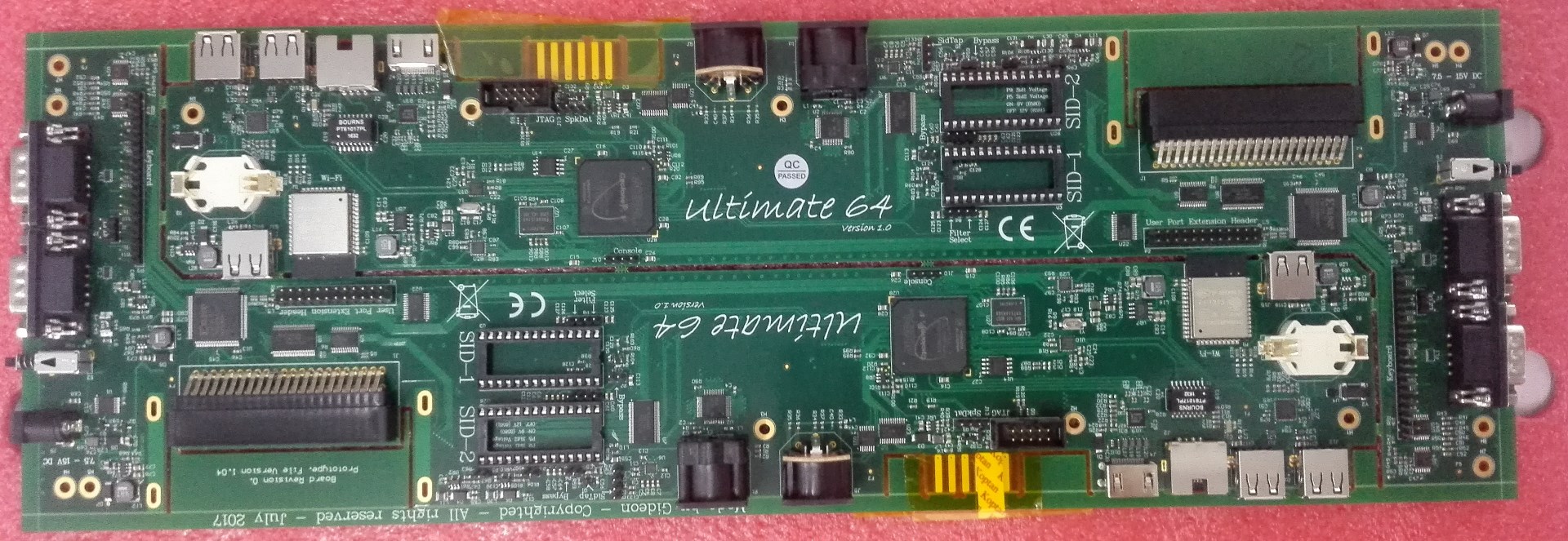Just adding my two cents:
A devboard is usually a reference board designed by a partner of an SoC manufacturer.
For example, the OMAP5432-uEVM we're using is the one for the OMAP5. It exists to evaluate the hardware, test your software and you usually also get the schematics so you can use that to design your own board.
In case of the C64 Mini, there shouldn't be a big difference, as it doesn't have anything the devboard doesn't have, so basically, they could just slap the same layout on their custom board and that's it.
(Stuff like the Pyra or GPD Win are a bit more complex as things like battery management or additional hardware is added).
So yes, they can call that reference board "devboard", as that's exactly what it is. And they can use it to demonstrate and develop the software, as the hardware is basically the same.
They just can't claim it's their own custom made board, as that would be a lie.
But yes, at some time, they should also show it running on their own hardware
A devboard is usually a reference board designed by a partner of an SoC manufacturer.
For example, the OMAP5432-uEVM we're using is the one for the OMAP5. It exists to evaluate the hardware, test your software and you usually also get the schematics so you can use that to design your own board.
In case of the C64 Mini, there shouldn't be a big difference, as it doesn't have anything the devboard doesn't have, so basically, they could just slap the same layout on their custom board and that's it.
(Stuff like the Pyra or GPD Win are a bit more complex as things like battery management or additional hardware is added).
So yes, they can call that reference board "devboard", as that's exactly what it is. And they can use it to demonstrate and develop the software, as the hardware is basically the same.
They just can't claim it's their own custom made board, as that would be a lie.
But yes, at some time, they should also show it running on their own hardware


